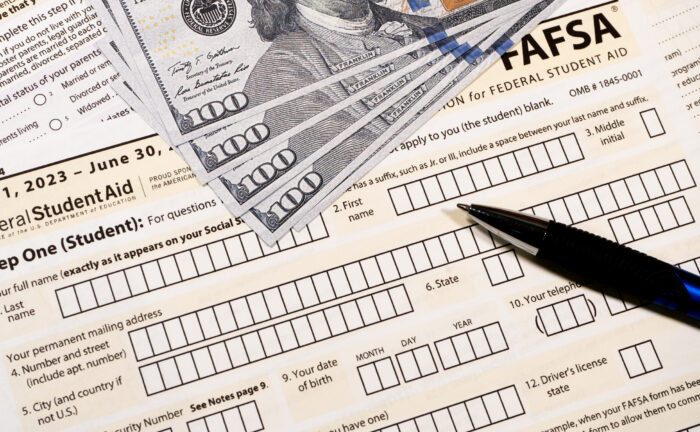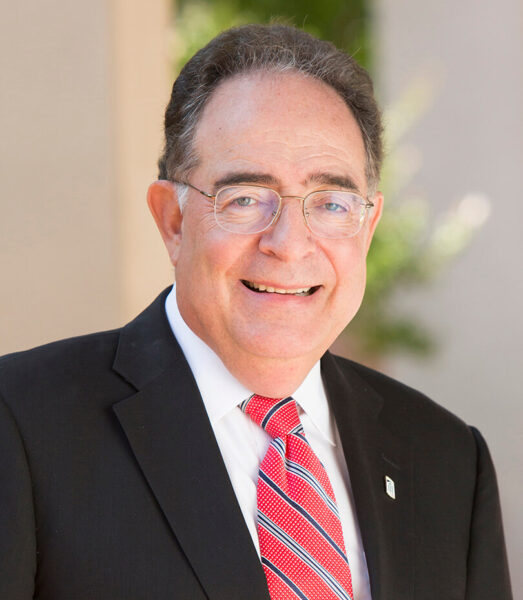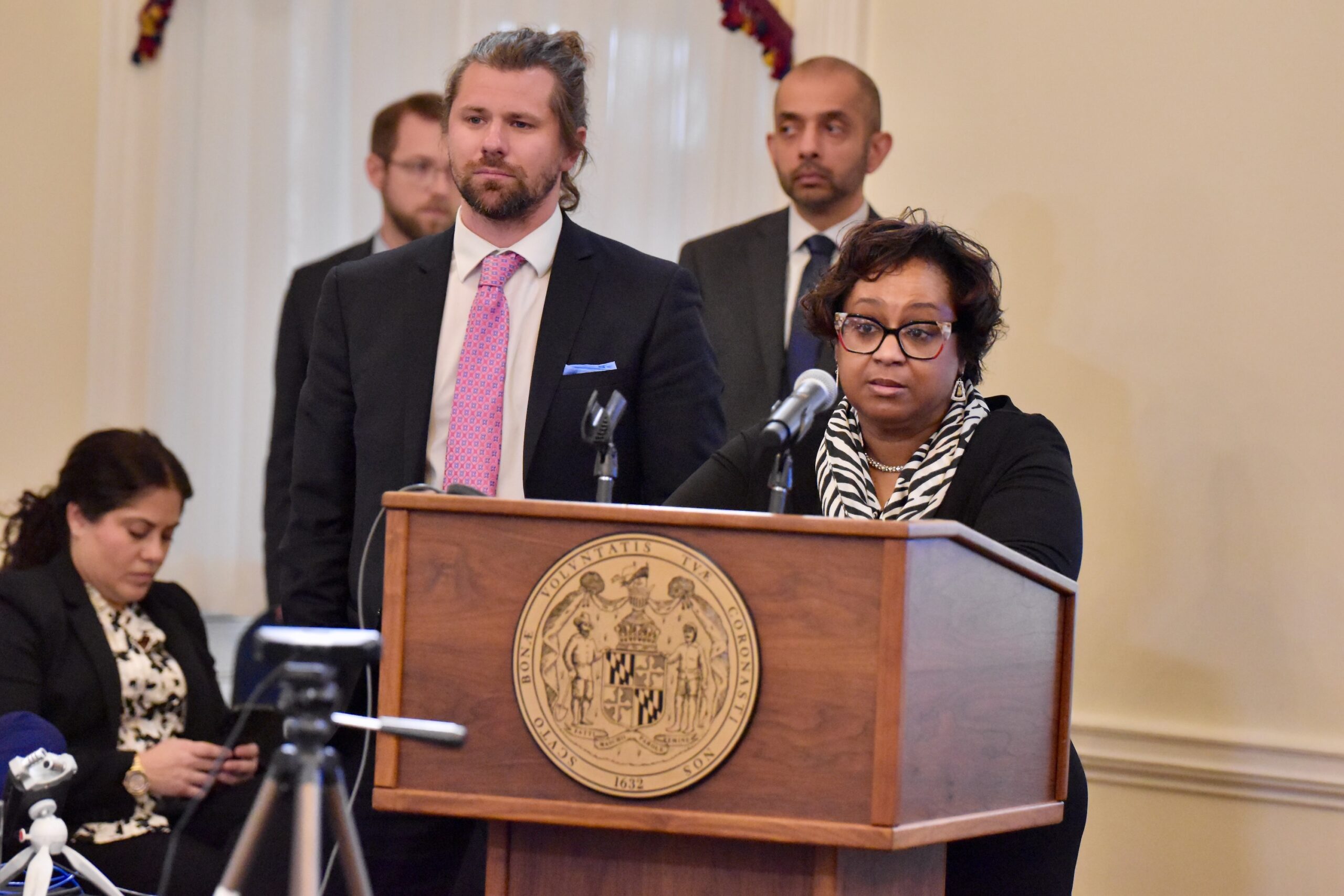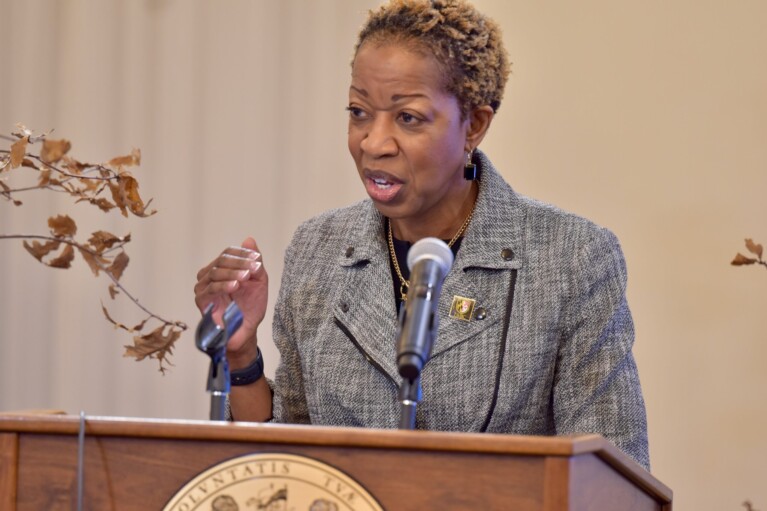
By Jay A. Perman
The writer is chancellor of the University System of Maryland.
Students’ federal financial aid data has begun slowly trickling out to U.S. colleges and universities. That means our University System of Maryland (USM) schools — 12 public universities across the state — should finally get their hands on the amount of federal aid their prospective and returning students will qualify for.
Normally, this information would have come in January, but the problematic rollout of a “new” federal financial aid form, the simplified FAFSA, caused significant delays. Delays at the federal level, in turn, affected when colleges could begin putting together their own aid offers — offers that are dependent on knowing how much money students are getting from other sources.
One of those other sources is the state. Maryland gives out a significant amount of aid to in-state students with financial need — an anticipated $211 million next fiscal year. The Maryland Higher Education Commission (MHEC), which administers the funding, announced on Friday that students who file a FAFSA by April 15 should be alerted by May 1 if they qualify for state aid.

University System of Maryland Chancellor Jay A. Perman,
MHEC had earlier estimated that it wouldn’t make aid-eligibility notifications until June, so this move is a big deal. And so is the money the state makes available. For instance, students who qualify for the state’s Howard P. Rawlings Guaranteed Access Grant could receive up to $20,700, more than the cost of in-state tuition at any USM university.
Meanwhile, the USM pushed back the deadline by which students must commit to attending one of our universities. Decision Day, typically May 1, is now May 15 at the earliest, giving our financial aid offices more time to assemble aid packages, and students and families more time to decide which university is best for them.
Moving these dates matters. Even in normal years, deadlines are tight, and financial aid offices must work quickly to make sure students get the money they need to afford college. Shrinking the amount of time these offices have to assess students’ needs and design an offer that fills the financial gap means that the time pressure is even more intense.
But we’re doing all of this scrambling for two very good reasons. For all of its problems, the new FAFSA, with fewer questions and more automation, really is easier to fill out. Most filers say it takes mere minutes. And filling out the form is worth it. New aid formulas mean that more students will qualify for federal aid, and more students will qualify for the maximum amount allowable.
Last year, USM students received $176 million in federal Pell grants — grants that you don’t have to repay. That figure that should rise this year, but only if students fill out the FAFSA. The USM is reaching out to guidance counselors at high schools across the state with that very appeal — make sure your students fill out the FAFSA! — because the students who are most likely to skip the federal form and, therefore, skip college altogether, are the very students we need to enroll: low-income students, first-generation students, students with undocumented parents.
It’s these students who are most dependent on aid dollars and, therefore, most frustrated with a process that leaves them in limbo, wondering whether they’ll be able to say “yes” back to a university that’s already said “yes” to them. It’s these students who are most likely to make plans for their future that don’t include college — even though college promises higher wages and significantly more wealth over their lifetime.
As of March 8, 1.28 million high school seniors nationwide had submitted the form, down 33% over last year. In Maryland, submissions are down 28%. And that means more than doors closing to vulnerable students; it means likely enrollment drops across U.S. higher education, just when we’d gotten students back after a pandemic that thwarted so many young people’s college-going plans.
The USM is committed to the college dream — not for some, but for all who dream it. Last year, our universities distributed $89 million in institutional need-based aid to undergraduate students, a record amount. And we have plans and mechanisms in place to grow our need-based financial aid even further.
But regardless of growth, we cannot meet our students’ full financial need alone. Federal and state dollars are critical to putting college within reach. And that starts with one simple form, the FAFSA. Fill it out — as soon as you can.




 Creative Commons Attribution
Creative Commons Attribution